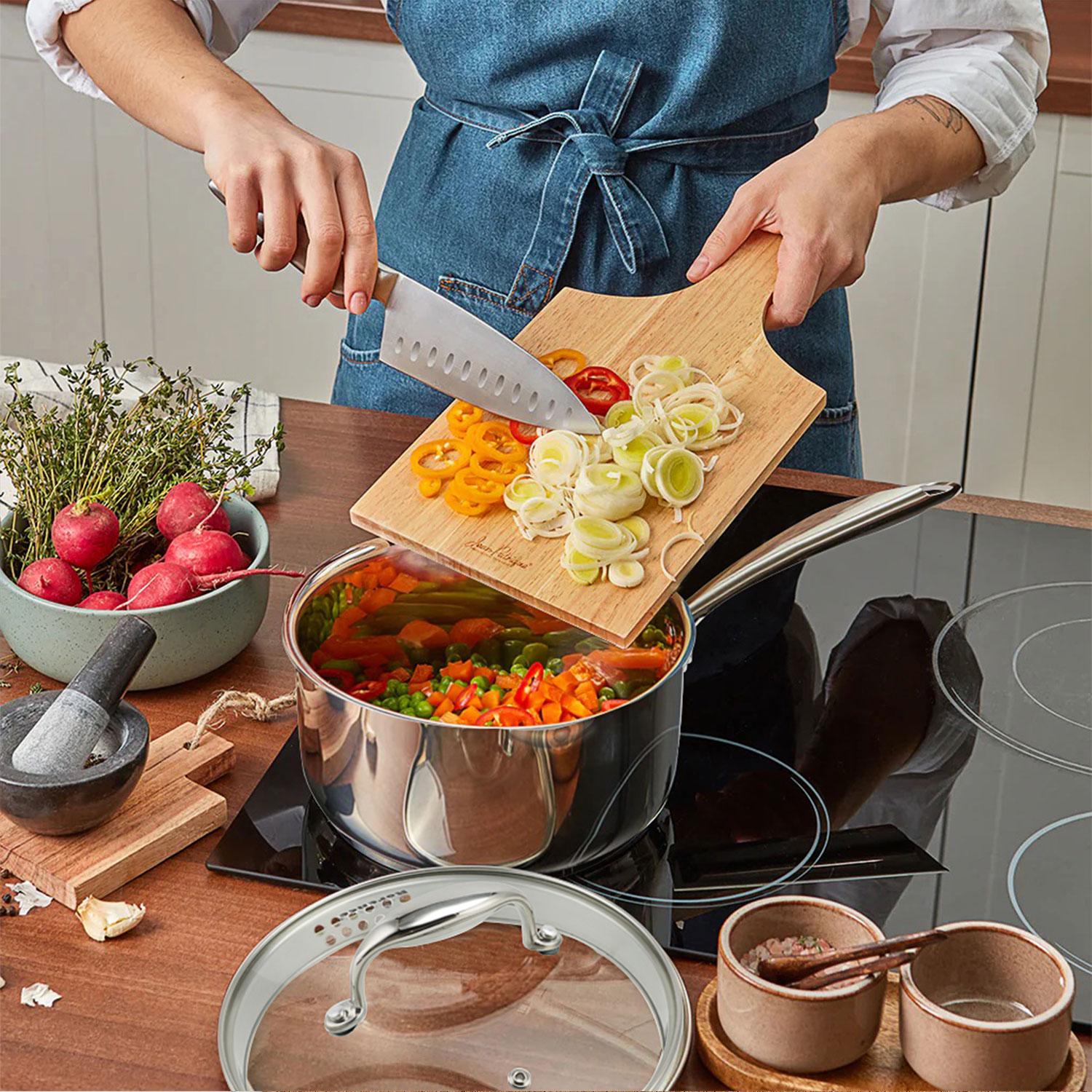Is a Stainless Steel Stock Pot Better Than Non-Stick
Durability
Stainless Steel:
Stainless steel stock pots are renowned for their durability. They are resistant to scratching, chipping, and warping, making them a long-lasting investment. Unlike non-stick surfaces, stainless steel does not wear off over time. This makes it an excellent choice for heavy-duty cooking and for those who use their pots frequently.
Non-Stick:
Non-stick pots, while convenient, are generally less durable. The non-stick coating can scratch or wear off with use, especially if metal utensils are used. Over time, the effectiveness of the non-stick surface diminishes, which may require replacing the pot sooner than you would with stainless steel.
Heat Distribution and Cooking Performance
Stainless Steel:
One of the main advantages of stainless steel is its ability to distribute heat evenly across the surface. This ensures that your food cooks uniformly, which is particularly important for recipes that require precise temperature control. Stainless steel pots can also handle high heat, making them ideal for searing, browning, and deglazing.
Non-Stick:
Non-stick pots are designed for low to medium heat cooking. They heat up quickly but may not distribute heat as evenly as stainless steel. This can result in hot spots, where food might burn in one area while remaining undercooked in another. Non-stick pots excel in cooking delicate foods like eggs or pancakes but may not perform as well with tasks that require high heat.
Ease of Cleaning
Stainless Steel:
Cleaning stainless steel pots can be a bit more challenging, especially if food sticks to the surface. However, most stainless steel pots are dishwasher safe, and with proper care, they can remain spotless for years. For stubborn stains or stuck-on food, a little elbow grease and a good cleaning agent usually do the trick.
Non-Stick:
Non-stick pots are easy to clean, as food typically slides right off the surface. This convenience is one of the primary reasons many people choose non-stick cookware. However, they require gentle cleaning to avoid damaging the coating. Abrasive cleaners or scrubbers should be avoided, as they can scratch the non-stick surface.
Versatility
Stainless Steel:
Stainless steel stock pots are incredibly versatile. They can be used on all types of stovetops, including induction, and are often oven-safe up to high temperatures. This makes them perfect for a wide range of cooking techniques, from boiling pasta to making soups, stews, and even baking.
Non-Stick:
Non-stick pots are also versatile but are generally limited to stovetop use. Most non-stick pots are not oven-safe, or if they are, they can only withstand lower temperatures. This limits their versatility compared to stainless steel.
Health Considerations
Stainless Steel:
Stainless steel is a non-reactive material, meaning it doesn’t leach any harmful chemicals or react with acidic foods. This makes it a safe choice for all types of cooking. Additionally, stainless steel cookware does not require any special coatings, so there is no risk of chemicals being released into your food.
Non-Stick:
Non-stick cookware is coated with a layer of material that prevents food from sticking, usually Teflon or similar substances. While these coatings are generally safe when used correctly, they can release harmful fumes if overheated. Over time, the coating can also deteriorate, potentially mixing with food.
Conclusion: Which is Better?


















